Dutch Treat
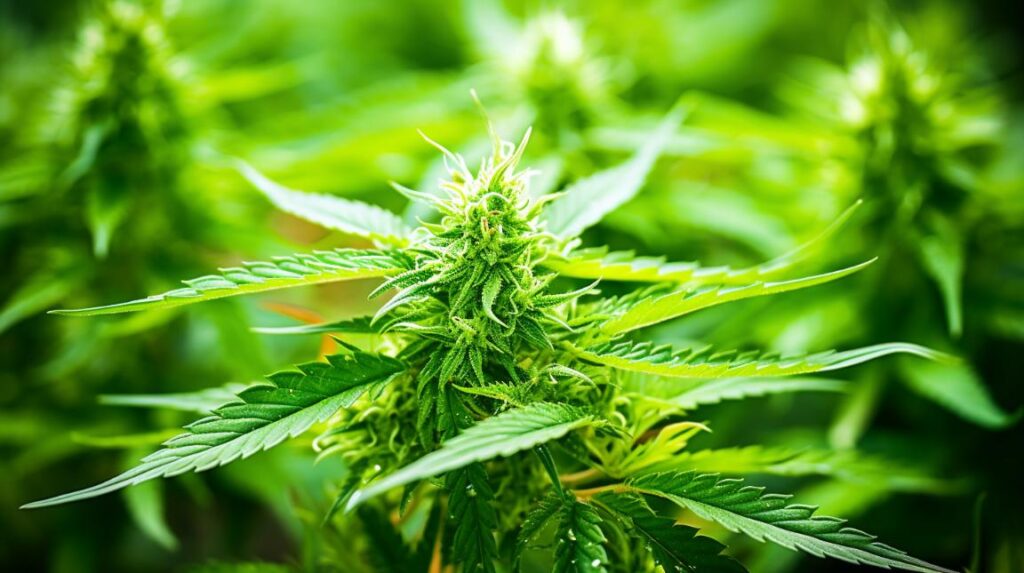
In the diverse world of cannabis strains, Dutch Treat holds a distinctive position due to its indica-dominant genetics, offering a unique amalgamation of sensory experiences and therapeutic benefits.
Characterized by its sweet and earthy aroma, complemented by notes of pine and citrus, this strain not only entices the olfactory senses but also provides a nuanced high that balances euphoria with relaxation.
Its notable potency, with THC levels ranging between 15% and 30%, makes it a subject of interest for both recreational users and patients seeking relief from stress, anxiety, pain, and insomnia.
However, the intrigue surrounding Dutch Treat extends beyond its immediate effects and flavor profile. The strain’s genetic lineage, terpene composition, and its comparative standing among similar strains invite a deeper examination of its place within the cannabis culture and its potential applications in medical research.
As we explore the multifaceted aspects of Dutch Treat, from its origins to its impact on contemporary cannabis use, we uncover the layers that contribute to its enduring popularity and therapeutic value.
Genetic Lineage
The genetic lineage of Dutch Treat is a meticulously crafted hybrid, originating from a cross between the indica-dominant Northern Lights and the sativa-influenced Haze, showcasing its rich and diverse heritage. This sophisticated amalgamation results in a strain that predominantly inherits the robust, tranquility-inducing characteristics of Northern Lights, while still capturing the cerebral stimulation attributed to its Haze ancestry.
The development of Dutch Treat by Jordan of the Islands signifies a deliberate endeavor to harness the potent psychoactive properties and therapeutic potential inherent in its parent strains.
In terms of genetic composition, the Northern Lights contribution is notable for its profound relaxant effects, typically sought after in indica variants, which is complemented by the uplifting and euphoric sensations provided by the Haze lineage, particularly the Silver Haze variant known for its invigorating sativa qualities.
The resultant hybrid, Dutch Treat, embodies a complex profile, balancing a THC content ranging from 18% to 25% with a modest CBD presence of 0.45% to 0.6%. This intricate genetic blend not only underscores Dutch Treat’s capacity for delivering potent psychoactive experiences but also hints at its potential applicability in mitigating depressive and anxiety disorders, pending further genetic verification and research.
THC/CBD Content
Regarding the Dutch Treat strain, its THC levels fluctuate between 18% to 25%, while CBD content is maintained within the range of 0.45% to 0.6%, underscoring its potent psychoactive profile alongside potential therapeutic benefits.
The balance of cannabinoids within this indica-dominant hybrid, notably known as Dutch Treat Haze in some circles, accentuates its multifaceted utility in both recreational and medicinal contexts.
THC, the primary psychoactive component, orchestrates the strain’s robust cerebral effects, fostering an initial euphoria that gracefully transitions into a profound physical relaxation. This characteristic high is conducive to stress relief, pain management, and the alleviation of various symptoms stemming from ADHD, PTSD, migraines, and arthritis.
Conversely, the subtle yet significant presence of CBD in Dutch Treat contributes to its anti-depressant and anxiolytic properties. By modulating serotonin transmission, CBD enhances the strain’s capacity to mitigate depression and anxiety without inducing the psychoactive intensity often associated with higher THC strains.
This nuanced cannabinoid profile, combined with its resinous, sticky nature, solidifies Dutch Treat’s standing among cannabis enthusiasts seeking a balanced, therapeutic experience.
Terpene Profile
Dutch Treat’s terpene profile, featuring Beta-Caryophyllene, Limonene, Ocimene, and Terpinolene, plays a pivotal role in defining its aroma, flavor, and therapeutic effects. Each terpene contributes uniquely to the strain’s overall character, blending to create a complex sensory experience. The terpene profile not only influences the flavor profile but also impacts the strain’s potential benefits and effects on its users.
-
Aroma and Flavor:
-
Pine and woodsy scents give a natural, earthy aroma.
-
Sweet and herbal flavors create a pleasant and inviting taste experience.
-
The combination evokes a sense of relaxation and comfort, appealing to both novice and experienced users.
-
Therapeutic Effects:
-
Beta-Caryophyllene’s potential anti-inflammatory and analgesic properties may offer pain relief.
-
Limonene and Terpinolene could contribute to uplifting and euphoric effects, potentially aiding those with mood disorders.
-
The terpene synergy might enhance the overall therapeutic efficacy, targeting multiple concerns.
-
Cannabis Experience Customization:
-
Understanding the terpene profile helps users identify similar strains, allowing for a more personalized cannabis experience.
-
The detailed flavor profile and associated effects guide users in selecting strains that meet their specific needs and preferences.
-
This knowledge empowers users to explore cannabis with confidence, optimizing their outcomes.
The meticulous dissection of Dutch Treat’s terpene profile underscores its significance in shaping the strain’s identity and user experience, illustrating the intricate relationship between terpenes, flavor, aroma, and therapeutic potential.
Effects
Exploring the effects of the Dutch Treat strain reveals its capacity to induce a state of euphoria and uplift the mood, positioning it as a potent choice for users seeking mental stimulation and a positive shift in creativity. This strain has a notable THC potency that contributes to its pronounced psychoactive effects, offering a dynamic experience that encompasses both a body high and head high. The balanced mix of indica and sativa effects amplifies its versatility, catering to a broad spectrum of users’ preferences and needs.
| Effects | Benefits | Adverse Reactions |
|---|---|---|
| Euphoric High | Stimulates Creativity | Dry Mouth |
| Uplifting | Alleviates Stress & Anxiety | Dry Eyes |
| Energizing | Promotes Talkativeness | Paranoia |
The Dutch Treat strain is adept at inducing mental stimulation that transcends into a talkative euphoria, making it an excellent choice for social scenarios or creative endeavors. However, its higher THC content demands respect, as it can lead to adverse effects such as dry mouth, dry eyes, and in some cases, paranoia. Users seeking relief from stress, anxiety, and depression might find Dutch Treat particularly beneficial, thanks to its energizing effects that offer a departure from negative mental states.
Medical Uses
In the realm of therapeutic applications, the Dutch Treat strain demonstrates significant efficacy in mitigating symptoms associated with stress and anxiety, offering a promising option for individuals grappling with mood disorders. As a heavy indica-dominant hybrid, it provides a deep sense of relaxation that transcends both mind and body, presenting a multifaceted approach to treatment. However, users should be mindful of potential side effects such as dry mouth.
-
Therapeutic Benefits:
-
Pain and Muscle Relaxation: Dutch Treat’s potent analgesic properties make it a suitable candidate for those suffering from chronic pain and muscle tension, offering a reprieve from discomfort. The strain’s ability to enhance muscle relaxation aids in alleviating physical stress, promoting a more comfortable state of being.
-
Appetite Stimulation and Nausea Reduction: Particularly beneficial for individuals undergoing chemotherapy or experiencing appetite loss, this strain stimulates hunger and reduces feelings of nausea. This can significantly improve the quality of life by enabling better nutritional intake and weight management.
-
Insomnia and Sleep Disorders: By inducing a relaxing body buzz, Dutch Treat effectively combats insomnia and promotes restful sleep, addressing a critical component of mental health and overall well-being. The strain’s sedative effects encourage a quicker onset of sleep and a longer duration of rest, essential for cognitive function and mood regulation.
Flavor and Aroma
Beyond its therapeutic applications, the Dutch Treat strain also distinguishes itself through a unique flavor and aroma profile, characterized by a sweet and earthy scent complemented by nuances of pine and citrus. This complex sensory experience is derived from its resinous and sticky buds, which are a hallmark of the Dutch Treats lineage. The strain’s olfactory appeal is matched by its gustatory profile, offering a smooth, fruity taste that transitions into a pleasant and long-lasting aftertaste, a testament to its quality and potency.
| Aspect | Description | Notes |
|---|---|---|
| Aroma | Sweet and earthy with pine and citrus | Skunky undertones detected |
| Taste | Smooth and fruity | Pleasant, lasting aftertaste |
| Experience | Balanced high; uplifting, then relaxing | Euphoric, happy, relaxed |
| Potency | High; resinous and sticky buds | Popular among enthusiasts |
The Dutch Treat strain’s flavor and aroma are not just a sensory delight but also key indicators of its therapeutic efficacy. Its complex profile suggests a sophisticated terpene blend that contributes to its stress-relieving and mood-enhancing effects. This detailed analysis underscores the strain’s appeal, combining a rich sensory experience with significant medicinal benefits.
Appearance
One distinguishing feature of the Dutch Treat strain is its visually striking appearance, marked by dense, compact buds adorned with dark green leaves, vibrant orange hairs, and a profuse coating of trichomes, often exhibiting purple tints in cooler environments. This detailed and analytical observation highlights the strain’s unique characteristics, which are not only a feast for the eyes but also a testament to its potent effects and quality.
The appearance of Dutch Treat is a direct reflection of its genetic heritage and cultivation practices, emphasizing the importance of both in achieving such a remarkable visual appeal.
- The presence of dense and compact buds suggests a high-quality, carefully cultivated cannabis strain, evoking a sense of anticipation and excitement.
- Dark green leaves and vibrant orange hairs create a visually appealing contrast, sparking a sense of wonder in the observer.
- A thick layer of trichomes, sometimes displaying purple hues, indicates a potent and resinous nature, arousing curiosity about its effects.
The technical details of Dutch Treat’s appearance underscore the strain’s allure and its balanced effects, offering both an uplifting and euphoric experience followed by a relaxing body buzz. This combination makes Dutch Treat a sought-after choice among cannabis enthusiasts.
Grow Information
Having examined the visually striking appearance of the Dutch Treat strain, attention now turns to the cultivation practices that underpin its distinctive characteristics and ensure its high quality. The optimal growing conditions for this strain require a warm and sunny climate, ideally with temperatures ranging from 72 to 80 degrees Fahrenheit. Such conditions are often found in the Pacific Northwest, making it a suitable region for cultivation.
Indoor cultivation is highly recommended for Dutch Treat, with growers employing techniques such as trimming and topping of fan leaves to meticulously control plant growth and enhance yield. This approach is crucial for managing the plant’s height, which can reach up to 5 feet indoors. To support such growth, especially outdoors where plants can grow even taller, stakes may be necessary.
| Growth Condition | Requirement | Notes |
|---|---|---|
| Climate | 72 – 80 degrees Fahrenheit | Warm and sunny, like the Pacific Northwest |
| Cultivation Technique | Trimming and topping | Essential for controlling height and encouraging yield |
| Plant Height | Up to 5 feet indoors | Stakes required for support in outdoor growth |
Proper monitoring and management of humidity levels are imperative to prevent mold and mildew, particularly during the flowering stage. Each plant can yield between 4 and 8 ounces of flower, categorizing Dutch Treat as a moderately productive strain.
Adverse Effects
While Dutch Treat is celebrated for its unique characteristics and effects, it is crucial to consider the potential adverse reactions, such as dry mouth, dry eyes, and paranoia, that some users may experience. These adverse effects, often highlighted in user descriptions, underscore the importance of approaching this strain with an understanding of its potential impact on individual well-being.
Dry Mouth:
- A prevalent adverse effect associated with cannabis use, including Dutch Treat.
- Users have described a noticeable discomfort due to reduced saliva production, emphasizing the need for hydration.
Dry Eyes:
- Another commonly reported adverse effect by users of Dutch Treat.
- This condition can lead to irritation and a sense of discomfort, necessitating the use of eye drops for some individuals.
Paranoia:
- Particularly concerning for new users or those sensitive to THC, paranoia has been noted as a potential adverse effect.
- It’s crucial for users to be mindful of their dosage and setting to mitigate feelings of anxiety or paranoia.
Incorporating these insights into our understanding of Dutch Treat, it becomes evident that while the strain offers unique benefits, a detailed and analytical approach is essential to navigate the potential adverse effects users have described.
Comparisons with Similar Strains
Acknowledging the potential adverse effects of Dutch Treat emphasizes the importance of comparing it with similar strains to understand its unique characteristics and applications fully.
Dutch Treat, deriving uplifting and euphoric effects from its parent strain, Northern Lights, distinguishes itself through pronounced cerebral stimulation attributed to its Haze lineage. This blend of genetics results in a strain that, while energizing like Haze, offers a more balanced high due to its stronger indica traits mirroring Northern Lights. This equilibrium makes Dutch Treat particularly suitable for daytime use.
The strain’s dense, pungent buds, high potency, and sweet, fruity flavor profile with pine and eucalyptus undertones are reminiscent of both Northern Lights and Haze. However, Dutch Treat surpasses its parents in THC content, ranging from 18% to 25%, signifying a more potent experience. Furthermore, while sharing medicinal applications such as stress relief, anxiety reduction, and potential mood disorder aid with its parent strains, Dutch Treat’s balanced indica-sativa effects provide a unique therapeutic advantage.
In comparison, strains like Dutch Crunch may offer similar effects but lack the precise genetic lineage and balance that Dutch Treat has perfected. This detailed analysis underlines the significance of understanding Dutch Treat’s singular properties through comparison with related strains, including its genetic relatives and others like strain 34, to appreciate its distinctive utility and potency fully.
Research and Studies
Recent research into the Dutch Treat strain has unveiled its complex cannabinoid profile, shedding light on its therapeutic potential and diverse applications in medical cannabis. With a THC content ranging from 18% to 25% and CBD levels of 0.45% to 0.6%, this strain demonstrates significant promise in the treatment of various medical conditions. Its lineage, deriving from the crossbreeding of Northern Lights and Haze, contributes to its unique effects and aroma.
- Therapeutic Applications:
- Pain Relief: The high THC content is instrumental in providing analgesic effects, making Dutch Treat an effective option for patients suffering from chronic pain.
- Mental Health Support: Its euphoric and uplifting effects include significant potential in treating symptoms of depression, anxiety, and stress, offering a holistic approach to mental wellness.
- Sleep Disorders: The strain’s balanced effects also extend to improving sleep quality for individuals dealing with insomnia.
The Dutch Treat strain’s effects include not only immediate relief from physical and psychological discomfort but also a long-term potential in enhancing the quality of life for patients. Its widespread availability in the Pacific Northwest and Southwest United States further underscores its popularity and therapeutic value.
History and Origin
Tracing its origins back to the Netherlands in the 1980s, the Dutch Treat strain emerged as a potent hybrid, resulting from the crossbreeding of Northern Lights and Haze. Created by the renowned breeder Jordan of the Islands on Vancouver Island, this strain has carved out a significant place in the cannabis world due to its unique properties and balanced effects. Dutch Treat is predominantly indica, with a genetic composition of 80% indica and 20% sativa, which contributes to its distinctive effects that combine mental euphoria with physical relaxation.
| Aspect | Detail |
|---|---|
| Breeder | Jordan of the Islands |
| Origin | Vancouver Island, Netherlands |
| Genetic Makeup | 80% Indica / 20% Sativa |
Dutch Treat’s high THC content, which ranges between 15% and 30%, along with a CBD level of around 1%, makes it particularly effective for a variety of therapeutic applications. These include stress and anxiety relief, depression mitigation, pain alleviation, muscle relaxation, and assistance with insomnia and sleep disorders. Its complex aroma and flavor profiles, characterized by sweet, earthy notes with hints of pine and citrus, further enhance its appeal among connoisseurs and medical patients alike.
Frequently Asked Questions
Is Dutch Treat Indica or Sativa?
Dutch Treat is predominantly an indica strain, with an 80% indica and 20% sativa genetic composition. Its terpene profile and optimal growing conditions contribute to its characteristic effects, blending euphoria with profound relaxation.
Is Dutch Indica or Sativa?
When examining whether a strain is indica or sativa, factors such as flavor profile and growing conditions are pivotal. These elements offer insights into its genetic lineage, influencing both cultivation practices and the resulting effects.
Is Dutch Delight Indica or Sativa?
The distinction between indica and sativa in the "Dutch Delight" strain hinges on its terpene profile and growth conditions, which influence its effects and cultivation. Detailed, analytical exploration of these aspects is crucial for accurate classification.
What Strain Is Dutch Treat Haze?
Dutch Treat Haze is a hybrid strain with a complex genetic lineage, combining Northern Lights and Haze. Its terpene profile contributes to a sweet fruit and pine aroma, indicative of its parent strains’ characteristics.

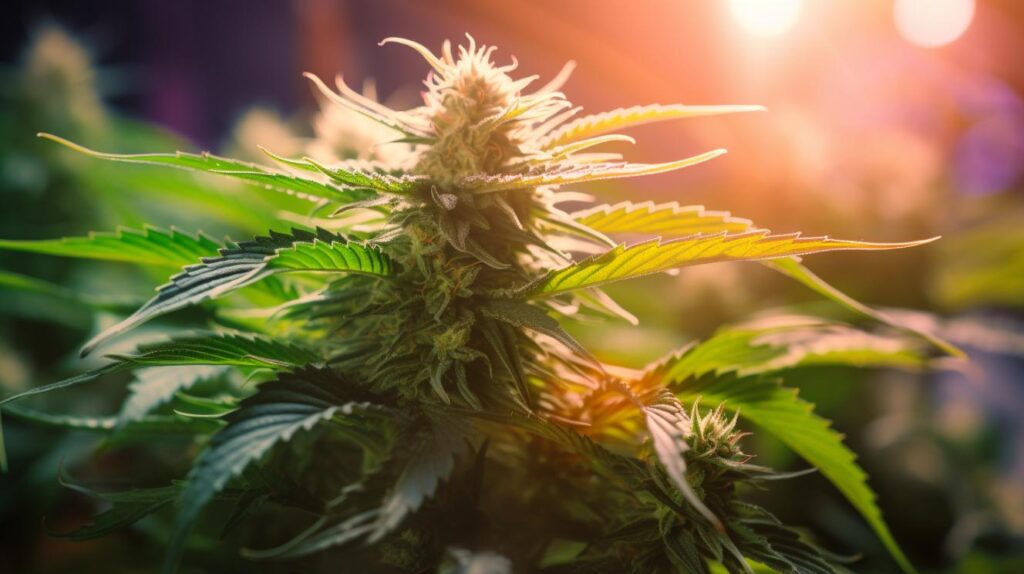
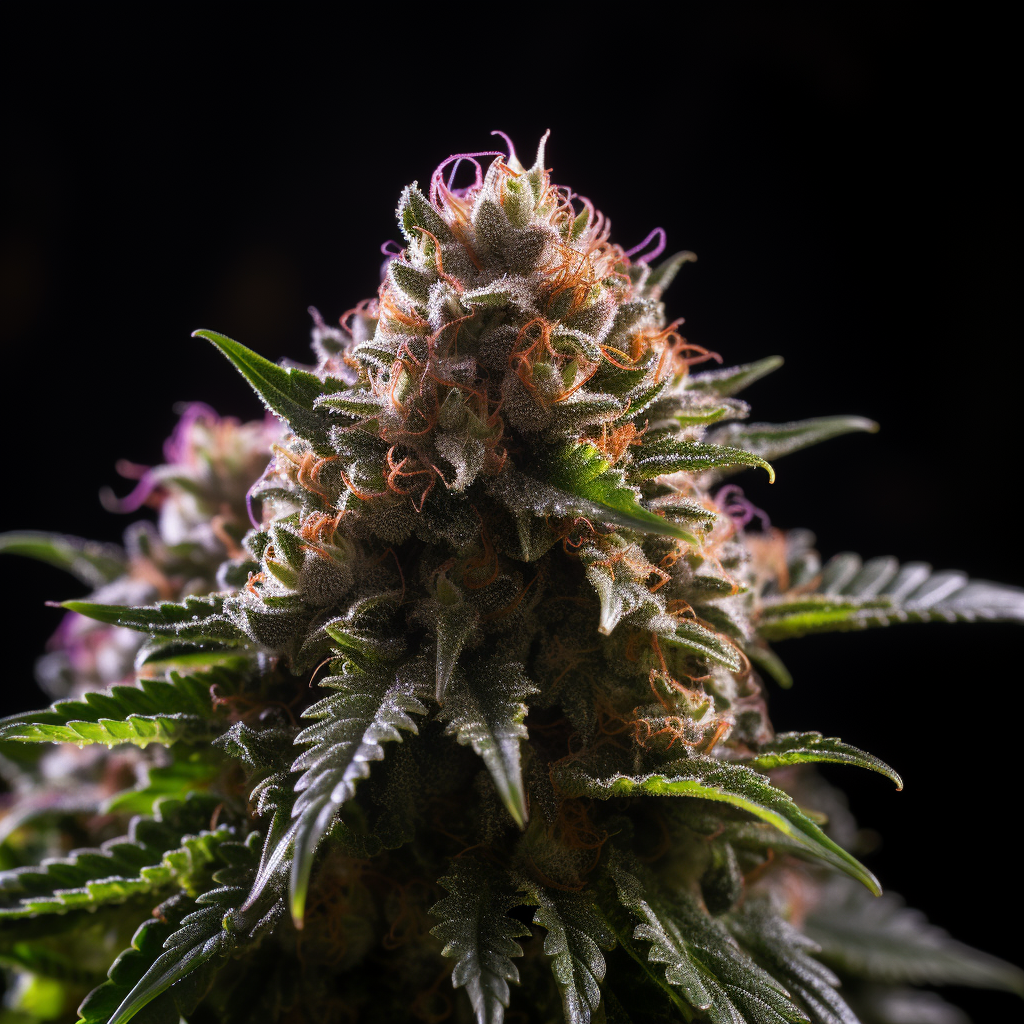
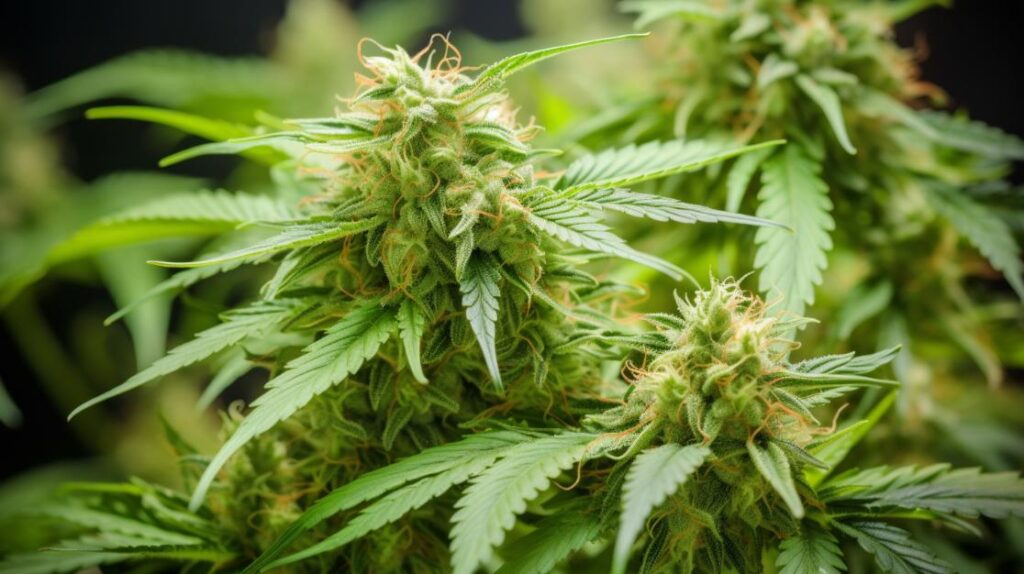
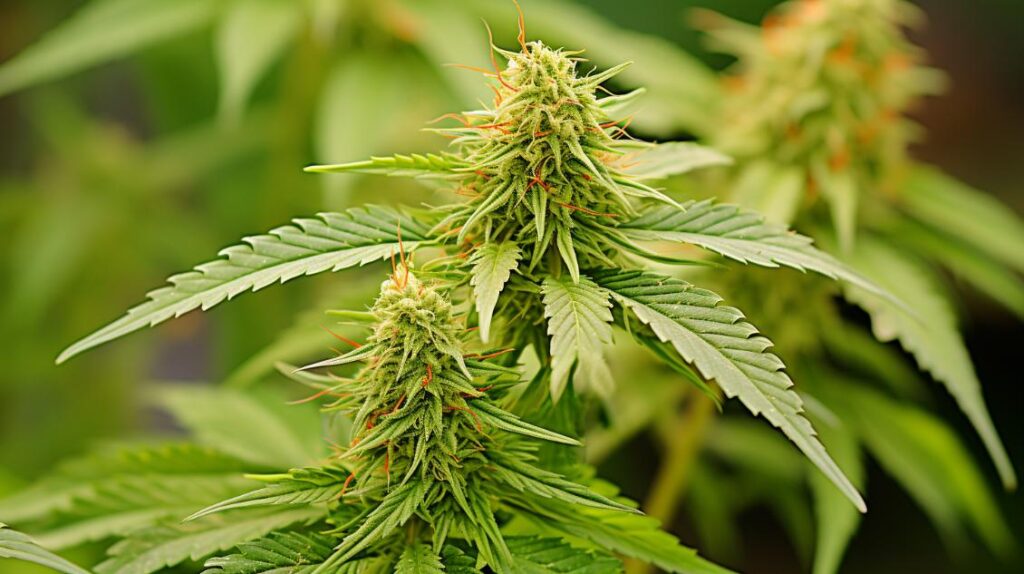
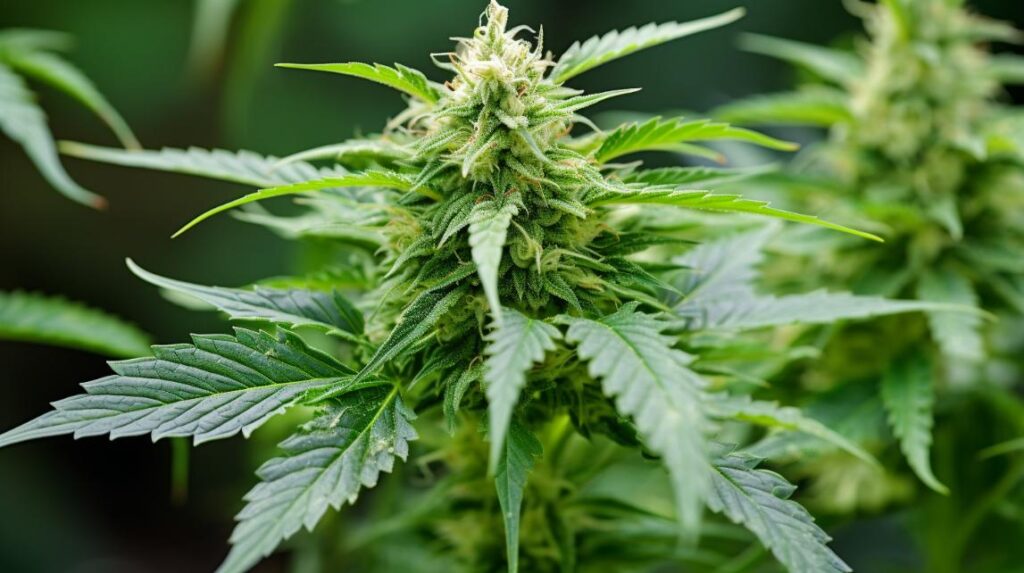

Responses